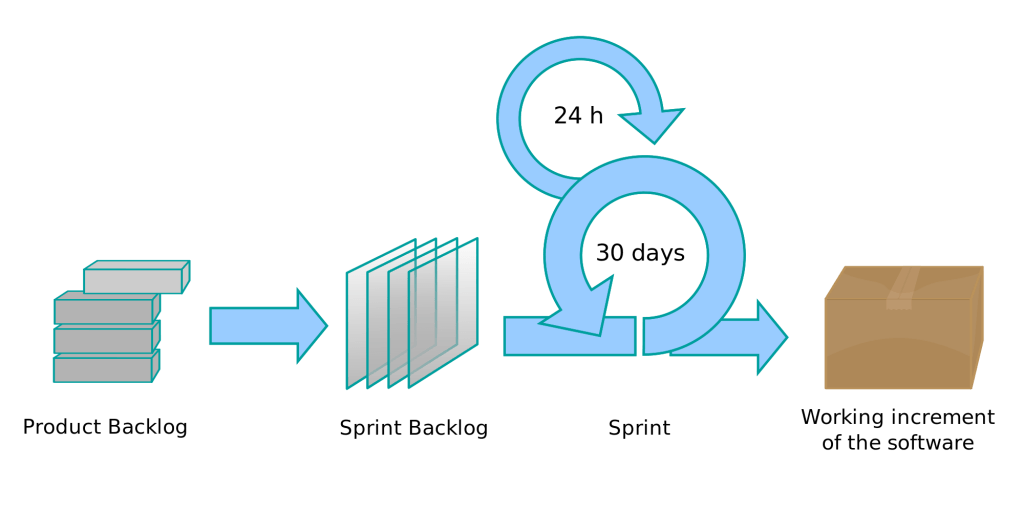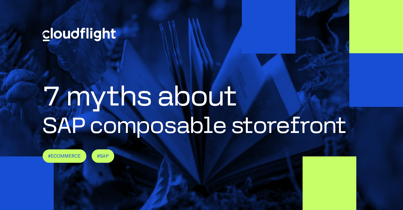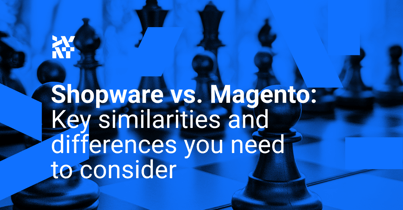B2B eCommerce systems are often a really complicated piece of software. Many stakeholders, complicated integrations between systems and non-standard features – it’s not obvious how to manage development effectively. In the article below, I’ve put together things to consider – based on our experience with B2B projects, using Magento as a base platform.
Continuous Delivery
To maintain effective development of a project we create a dedicated team working in SCRUM Methodology. This gives us the control and quality we need. Iterative in nature, it requires a continuous feedback from the users. That’s why we can react quickly and adjust the project to our Client’s needs. Our SCRUM Team usually consists from 3 to 10 people (depending on a project) plus a Product Owner from Client’s side.

To ensure continuous delivery, we automate the tests and deployment. We use Ansible and Phing for this. This is how we achieve deployment time under 5 min.
Integrations
Integrations are one of the most difficult problems in eCommerce development. We usually have to integrate lots of systems. An interesting issue is creating failbacks for communication problems. So, if one of the systems is down we are able to operate without breaks, and the user doesn’t see any problems. Often we use a dedicated software as a buffer layer.
Remember – in the cases like this one, all the dedicated functions are implemented as extra Magento modules. That way, you are still able to update your Magento.
SLA
Every downtime of the system is a large, measurable loss. We have to be able to react under 1 hour and prepare a workaround for the problem. To maintain such high SLA, Divante uses the “Divante S.W.A.T.” – a specially formed unit of the most experienced developers and administrators working 24/7.
The membership is optional but to sign up every member has to pass the official exam. To provide constant motivation we sign agreements with every new member. Members get special bonuses added to monthly salary.
The group responsibility is applied here, like in the army. If SLA is violated on any website, nobody gets their bonus.
SLA is monitored and feedback is given to the group in weekly and monthly periods. That is how we achieve SLA higher than 99.9%.
Data-Driven Customer Experience
We use data on a large scale to improve User Experience for B2B clients. In Google Analytics, you will find lots of insights to improve your eCommerce too.
To inspire you – TIM Case Study example:
- 90% of customers add products to the cart from the product page,
- 97% of customers prefer one specific view of product list – ‘miniatures’,
- 23% of customers use the ‘next / prev product function’ on the product page.
If you want to know more about developing a Magento-based B2B eCommerce, read our Case Study at TIM SA – it describes a complete process and a Polish electro-technical goods’ distributor that decided for a complete transformation – from offline to online. It was a good decision – it increases its revenue to 130 mln EUR after three years of being online.
You can also meet us on Meet Magento Netherlands 2016 – we will tell a little about this project, qualified for the finals of Imagine Excellence Awards for The Best B2B User Experience.
Published May 12, 2016













